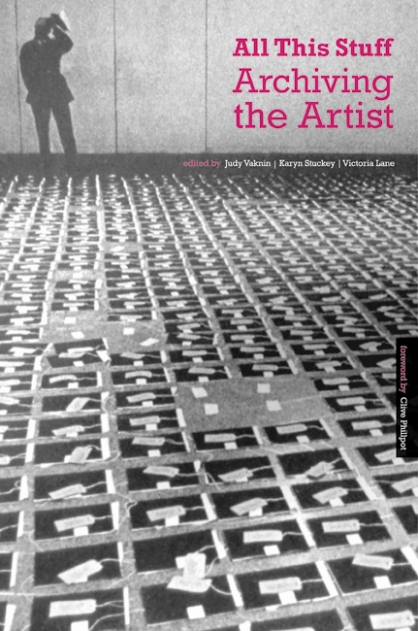The National Archives have embarked on a new collection strategy called Archiving the Arts.
The arts is a complex area to archive, because arts organisations’ and artists’ heritage is more than their documents and records: to capture the essence of an art form for posterity, a variety of audio and visual media are often needed, and objects can be a crucial part of the heritage too. Though many arts archives already exist and can be very rich and exciting in content, there is a real danger that other aspects of the arts will not be accessible in the future.
Archiving the Arts is a direct response to the needs of the arts community, who are increasingly interested in exploring a ‘second life’ for their archives and collections. The first stage is well underway: a survey of current practice among funders, collecting archives and arts practitioners, it aims to gather the views and capacity of those involved or potentially involved in archiving the arts. Survey reponses will help us to plan at both a strategic and a practical level, from influencing future infrastructure to what training workshops might be most productive to help us archive the arts.
For more information about the project click here. See also this useful blog about a US conference addressing similar issues that took place last year. All This Stuff: Archiving the Artist edited by Judy Vaknin, Karyn Stuckey and Victoria Lane was published earlier this year and is a useful publication expoloring the documentation of creative processes.


